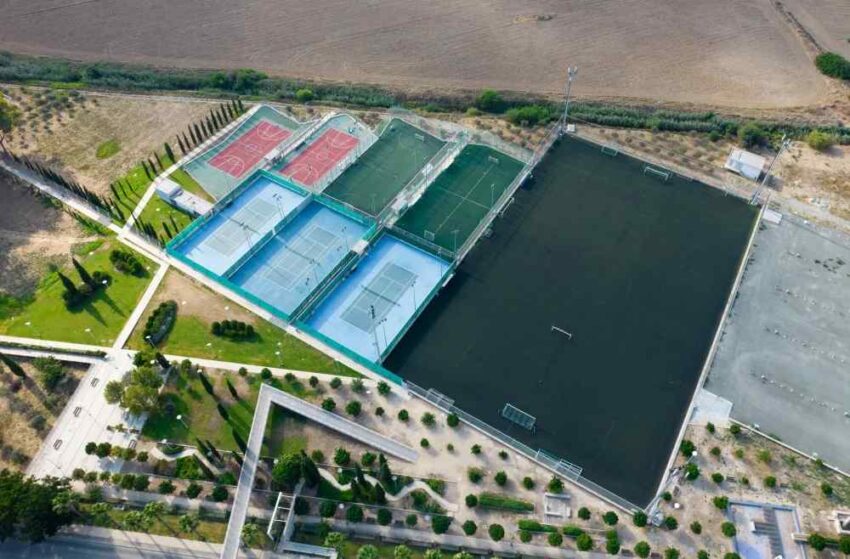Synthetic sports flooring has become the most preferred choice for modern sports facilities, gyms, schools, and indoor arenas because of its unmatched combination of durability, safety, and performance. Unlike traditional flooring materials such as wood or concrete, synthetic flooring is specially engineered to meet the demanding needs of athletes and multi-sport activities. It provides a balanced surface that not only supports high performance but also reduces the risk of injuries.
One of the most important benefits of synthetic sports flooring is shock absorption. Whether it’s basketball, volleyball, badminton, or gym workouts, athletes need a surface that cushions their joints and reduces the impact of running, jumping, and sudden movements. This flooring is designed with layers that provide excellent comfort and prevent long-term stress injuries. Its anti-slip surface further ensures player safety, even during intense games or training sessions.
Another advantage is versatility. A single synthetic sports floor can accommodate multiple sports without compromising on performance. Schools, multipurpose halls, and indoor stadiums often choose this flooring because it adapts easily to different activities. Whether it’s a professional match, a training session, or even community events, the same flooring works seamlessly.
From a financial perspective, synthetic sports flooring is also cost-effective and low maintenance. Unlike wooden surfaces that require regular polishing or repairs, synthetic flooring is resistant to wear and tear. It is easy to clean, withstands heavy use, and lasts for years without losing its quality. This makes it a smart long-term investment for any facility.
Additionally, synthetic flooring comes in different thickness levels, colors, and finishes, allowing facilities to customize the look and feel of their courts or gyms. This not only enhances functionality but also improves the aesthetics of the space.
In short, synthetic sports flooring is the future of modern sports infrastructure. With its perfect blend of safety, durability, and performance, it ensures that athletes get the best possible experience while facility owners save on maintenance and operational costs.

